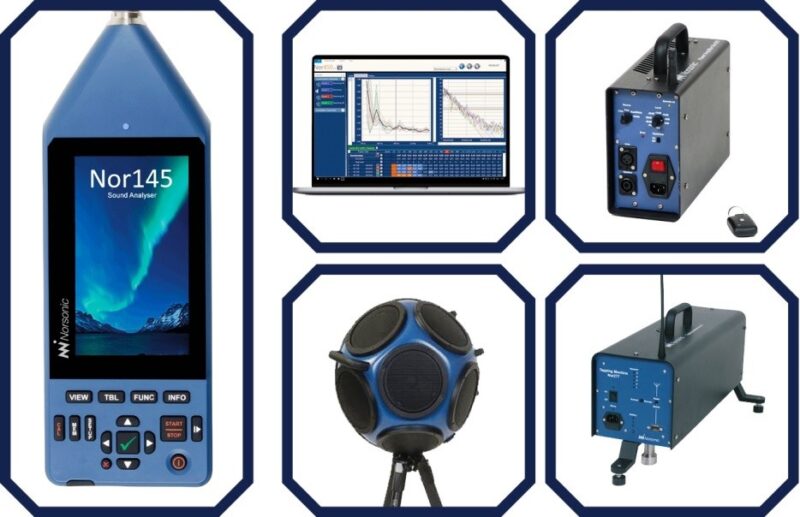Sound testing is a crucial process when it comes to assessing the acoustic performance of buildings. It involves measuring and evaluating the sound insulation and absorption properties of a building’s walls, floors, ceilings, and other components. The purpose of sound testing is to determine whether a building meets the minimum acoustic standards set by local building codes, regulations, or industry standards. This article will provide an overview of sound testing for properties, including the different types of tests, their purposes, and some common acoustic problems that can be identified through testing.

Types of Sound Tests
There are two main types of sound tests: airborne sound tests and impact sound tests.
Airborne Sound Tests
Airborne sound tests measure the ability of a building’s walls, floors, and ceilings to resist the transmission of airborne sound. Airborne sound is sound that travels through the air and can be generated by sources such as speech, music, or mechanical equipment. Airborne sound tests are typically conducted in a room where a sound source generates sound at a specific frequency and intensity level, and the sound level is measured in the adjacent room. The difference in sound level between the two rooms is used to calculate the sound insulation properties of the separating partition.
The most common airborne sound test is the sound transmission class (STC) test, which measures the sound insulation properties of walls, floors, and ceilings. The STC rating represents the number of decibels (dB) of sound reduction that a partition provides at a range of frequencies. The higher the STC rating, the better the partition’s sound insulation properties.
Impact Sound Tests
Impact sound tests measure the ability of a building’s floors to resist the transmission of impact noise. Impact noise is sound that is generated by impact events, such as footsteps, dropped objects, or furniture being moved. Impact sound tests are typically conducted by dropping a standardized weight onto the floor surface and measuring the sound level in the room below. The difference in sound level between the two rooms is used to calculate the impact insulation class (IIC) rating of the floor. The IIC rating represents the floor’s ability to absorb and reduce the impact sound transmitted through it.
Purposes of Sound Testing
Sound testing serves several purposes, including:
Compliance with Building Codes and Regulations
Most countries have building codes or regulations that specify minimum acoustic standards for buildings, including minimum STC and IIC ratings for walls, floors, and ceilings. Sound testing is required to ensure that buildings meet these standards and comply with local regulations.
Quality Assurance
Sound testing can be used to assess the quality of a building’s construction and identify any deficiencies in the acoustic design or installation. This can help to ensure that the building performs as expected and meets the needs of its occupants.
Troubleshooting
Sound testing can be used to identify and diagnose acoustic problems in existing buildings. For example, if occupants are complaining about noise from neighboring units or outside the building, sound testing can be used to identify the source of the noise and suggest possible solutions.
Further Advice & Support
APT Sound Testing provide UKAS accredited sound testing for London and the whole of the UK as required by Approved Document E of the Building Regulations. They undertake sound testing on all types of residential buildings and commercial buildings, also undertaking sound testing on schools and buildings containing rooms for residential purposes.
Their team of experienced sound test engineers are dedicated to giving our customers the best quality of service and offer acoustic design advice where possible, to help clients achieve the required acoustic results to pass the sound testing and attain building completion. They can also undertake ‘in house’ UKAS accredited air tightness testing in one seamless package, lowering costs and negating coordination issues.
Simply get in touch via the online contact form or call 01525 303905 to discuss your specific requirements with thir friendly and knowledgeable acoustic and air tightness consultants.